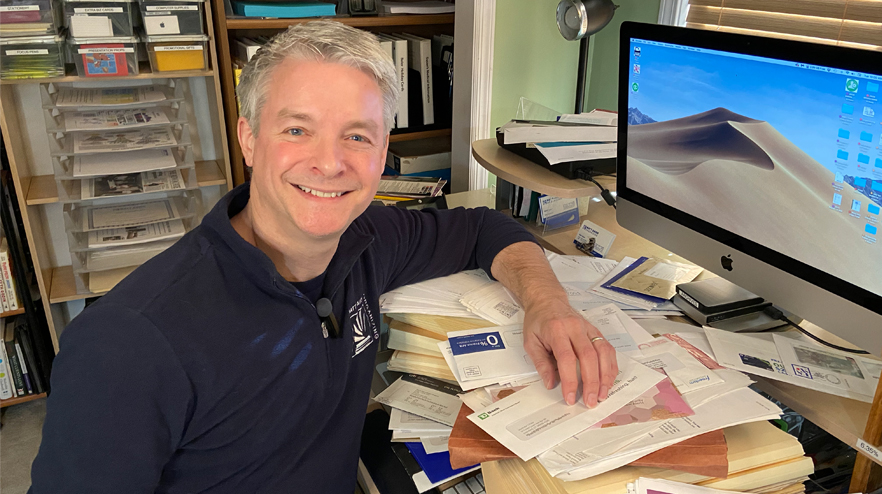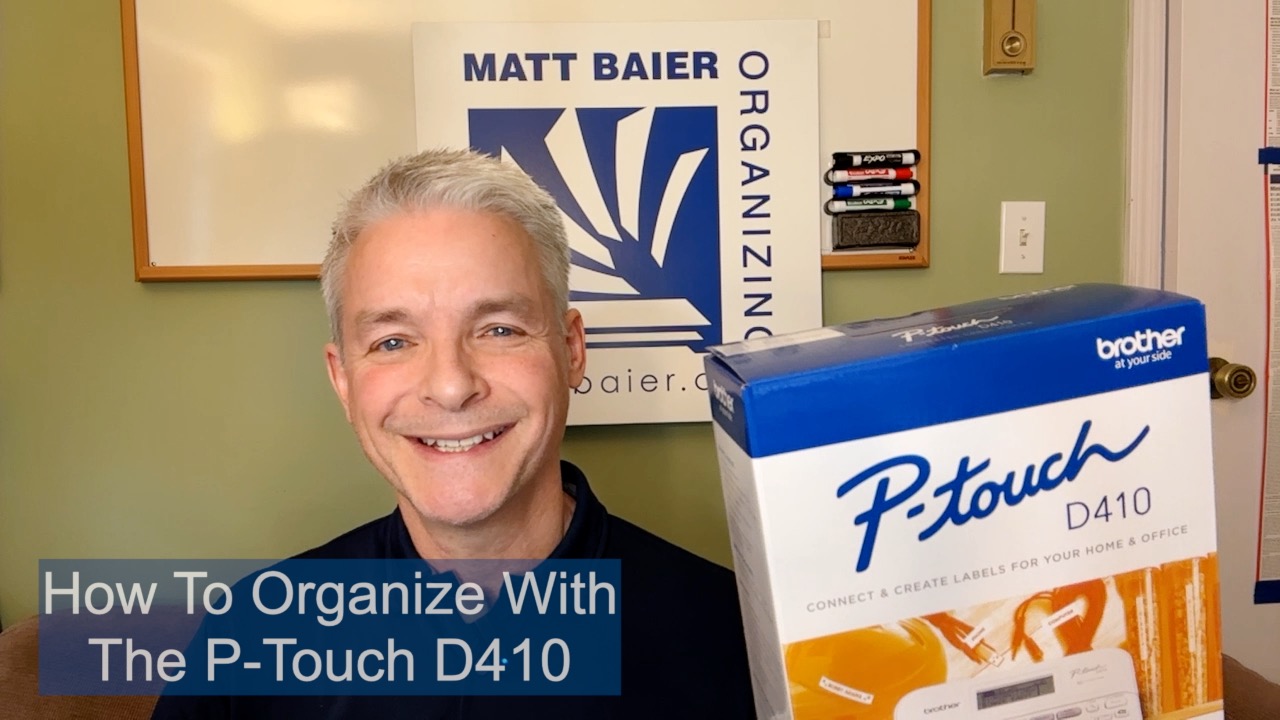No category of things-to-organize gives my clients greater grief than paper, so what can you do? Here is how we go about organizing paper.
Oh no OHIO
Let’s start with what I don’t recommend for organizing paper. This may sound like organizing heresy, but I don’t like the O.H.I.O. method. You know, Only Handle It Once. The idea is to deal with each item in order, before moving on to the next piece. Only handle it once. My problem with this is that it puts too much pressure on you to make the perfect decision. Also, it doesn’t address the level of priority.
There are a lot of reasons to get organized and there are a lot of reasons to organize paper. So you must prioritize to organize. It’s hard to give that item at the top of the pile your full attention if you have this nagging feeling that there are other far more urgent items lower in the pile. So how do you make it easier?
Circulation Prevents Accumulation
In my book The Circulation Solution, I have a central premise. Staying organized requires a plan for movement in a series of manageable, reliable stages. This includes paper. I see paper in just four stages, which I call Running, Sitting, Sleeping, and Dead. These represent four essential levels of priority in paper organizing.
Running Files are files you want to make a point of acting on. They should be out where they demand action.
Sitting Files are files you need to be able to find reliably. They require a user-friendly filng system at your finger tips.
Sleeping Files are the files you are keeping just in case. They are perhaps the most important stage to recognized because they can be stored remotely and free up a tremendous amount of space in your home office.
Dead Files have lost all value and can be recycled or shredded.
What about going Paperless?
Now before I go any further with organizing paper, perhaps you’re asking Isn’t it easier just to go paperless? Possibly, but you’ll still benefit from understanding the four stages. You benefit by discarding the unneeded and by storing the just-in-case more remotely. You also benefit by limiting the findable and actionable to scan.
Scanning all your files can cut into your time, but the big factor is trust. Here was my experience. I listened to the whole save-the-trees thing and tried going paperless. I started with my bills and I discovered what I missed the most. It was the paper bills that I could spread out by due date and see. It’s like looking at a scoreboard. I needed to create a digital reminder system and no, I don’t want any more electronic notifications thank you!
Don’t get me wrong. I’ve paid my bills electronically for years, but I can’t on all of them. So those need a place to go anyway. My paper bill system makes my life easier so my paper bill system stays. Here are the questions to ask. Do you trust that you can always find your digital files reliably? Do you have the time to break your momentum and scan? Are you reliably compelled to act on your digital bills and documents as needed? If yes, then paperless makes sense and I apologize if I’ve wasted your time.
Make next stages easier.
But if paper’s still got a place in your life, let’s get back to the four stages. The reason it helps to understand these four stages is that it makes the hard decisions easy. And they’re easier at every step of the process. When the steps are easy then you move fast and momentum makes magic!
Just start organizing by size FAST
If you are starting with a large quantity and variety of paper, ignore the content and sort by sizes. Sort really FAST. These sizes would include periodicals, folders, 8-1/2 x 11, envelopes, brochures, and receipts. Next, you can go through each size really FAST. Why? Because you have a singular focus, not the multiple decisions required for the OHIO method. For example, you can slit envelopes really fast if you’re just slitting envelopes.
Also, context drives decisions. For example, if I see one magazine in a pile of paper, I might think, oh I should read that, but if I’m looking at 30 of them, then I can choose my favorites and it’s easier to let go of much more. It’s easier to prioritize.
Start sorting by stage
After you clean out all these easiest decisions you should be left with just 8-1/2 x 11 paper. It may feel like you have eaten dessert first, but you have made your next stage easier. You have created more room for processing and more focus. You will have started eliminating the dead files, but now it is time for further sorting. Divide the remaining 8-1/2 x 11 paper into running, sitting, sleeping, AND much more dead files.
Yes, this will require that you touch the same paper more than once, but it doesn’t matter. It doesn’t matter because you are flying, you are making progress, and you are energized by it. Energized by organizing paper? Yes, it’s possible! The key is not to get bogged down by the multiple decisions and always make the next step easier.
In the next four videos we’re going to look at how easy it is to organize each stage. So please subscribe to my YouTube Channel.
Finally, if you would like some Covid-safe organizing help with organizing paper, check out our offer of the month, The Paper Escaper Special.
Please Share With Your Community
















